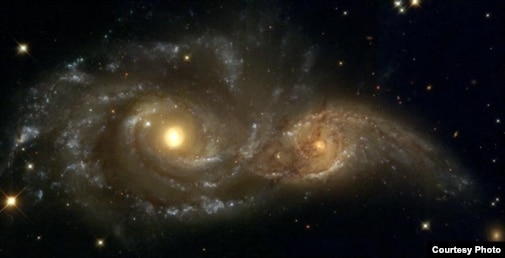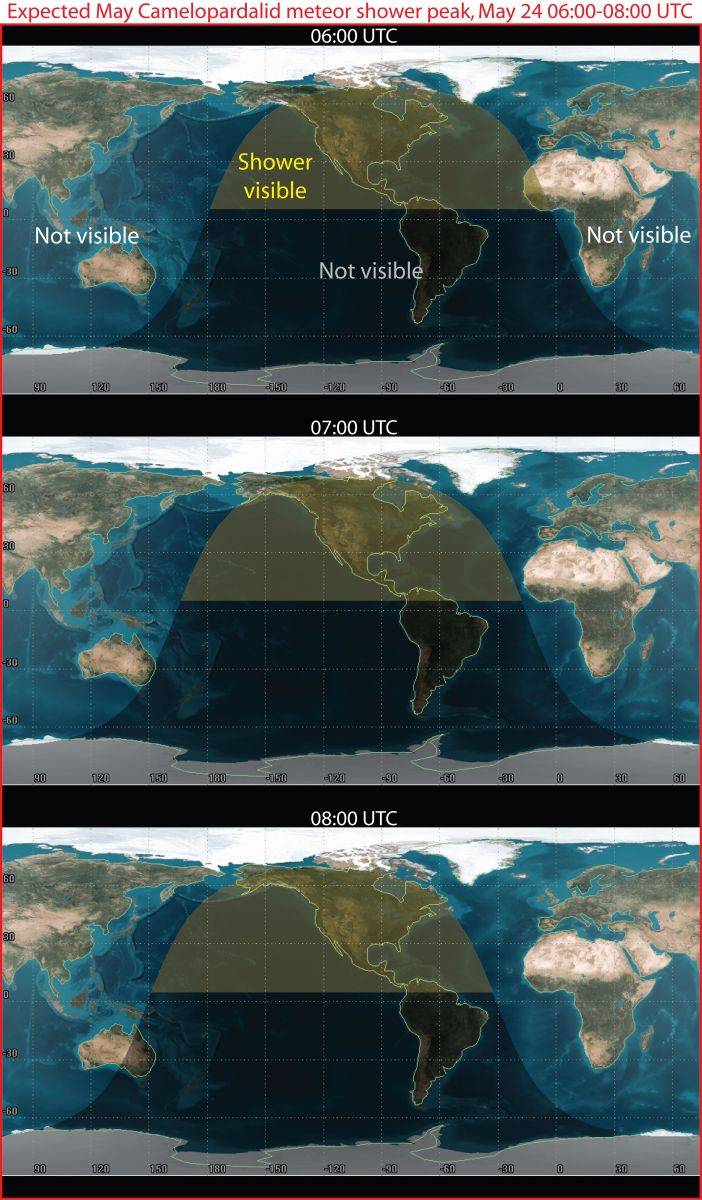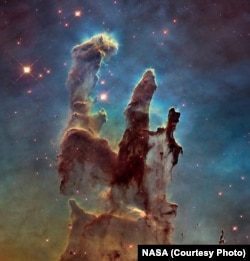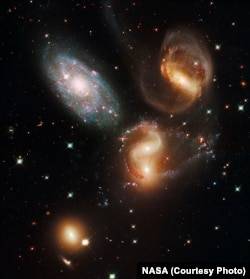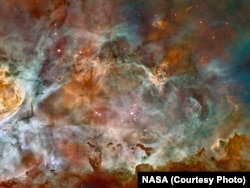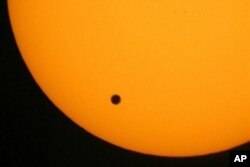Astronomers using the Hubble Space Telescope have identified another moon around the dwarf planet Pluto.
It becomes the fourth object known to be circling the distant world after the long-recognised Charon and recently observed Nix and Hydra satellites.
Scientists are temporarily calling the new moon P4 and estimate its diameter to be 13 to 34 km (of 8 to 21 miles).
Pluto, controversially demoted from full planet status in 2006, will be the target of a big space mission in 2015.
BBC News - Hubble spies fourth moon at Pluto
It becomes the fourth object known to be circling the distant world after the long-recognised Charon and recently observed Nix and Hydra satellites.
Scientists are temporarily calling the new moon P4 and estimate its diameter to be 13 to 34 km (of 8 to 21 miles).
Pluto, controversially demoted from full planet status in 2006, will be the target of a big space mission in 2015.
BBC News - Hubble spies fourth moon at Pluto


